Electron-mediated control of nanoporosity for targeted molecular separation in carbon membranes
B. Oh, H. Seo, J. Choi, S. Lee, D.-Y. Koh*, Nature Communications, 13, 4972 (2022)
Carbon molecular sieve (CMS) membranes are considered game-changers to overcome the challenges that conventional polymeric membranes face. However, CMS membranes also confront a challenge in successfully separating extremely similar-sized molecules. In this article, high-precision tuning of the microstructure of CMS membranes is proposed by controlled electron irradiation for the separation of molecules with size differences less than 0.05 nm. Fitting CMS membranes for targeted molecular separation can be accomplished by irradiation dosage control, resulting in highly-efficient C2H4/C2H6 separation for low dosages (∼250kGy, with selectivity ∼14) and ultra-selective H2/CO2 separation for high dosages (1000∼2000kGy with selectivity ∼80).The electron irradiated CMS also exhibits highly stabilized permeability and selectivity for long-term operation than the pristine CMS, which suffers from significant performance degradation due to physical aging. This study successfully demonstrates electron irradiation as a possible way to construct “designer” nanoporous carbon membranes out of the standard components mostly confined to pyrolysis conditions.


